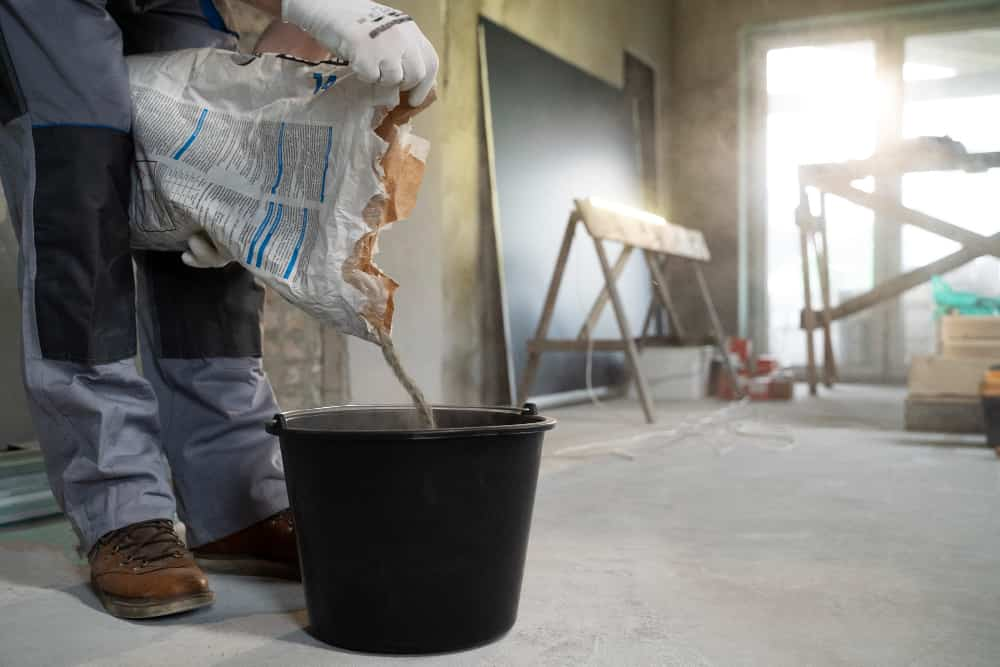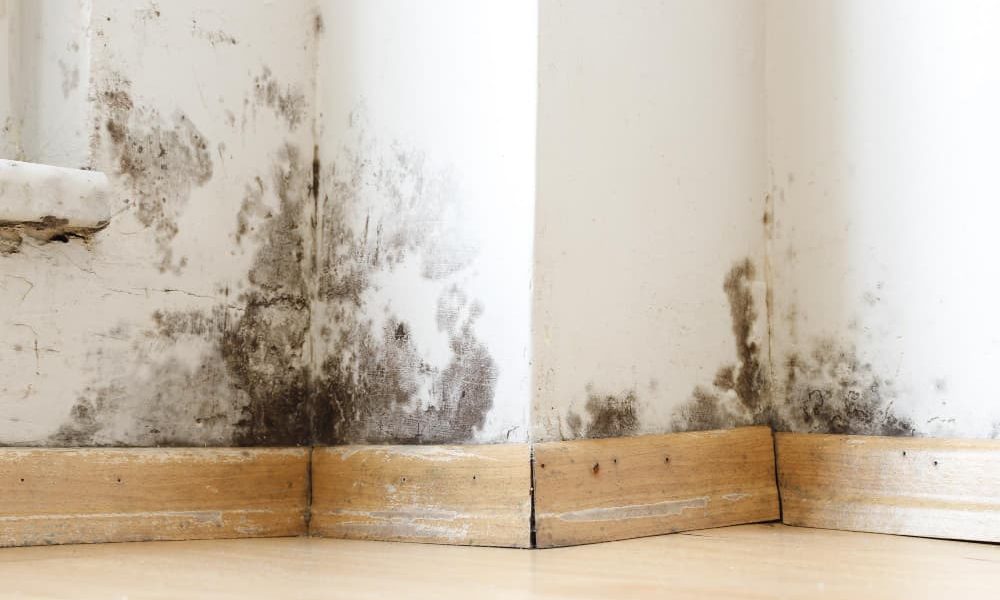
If you are looking for a complete guide on self-leveling cement, in this article we will explain everything related to this useful construction product.
When it comes to renovations and construction, choosing the right material can make a big difference in the quality and final appearance of the work. One of the options that is gaining popularity in Spain is self-leveling cement.
In this complete guide, we are going to explore what self-leveling cement is, what it is for, how to apply it, and why it could be the ideal solution for your next project.
Introduction
Self-leveling cement is a type of liquid mortar that, as its name indicates, It has the ability to level itself. Unlike traditional mortars that require meticulous manual work to achieve a level finish, self-leveling cement does this automatically.
Thanks to its versatility and ease of use, It has become an attractive option for all types of works and renovations, whether in residential, commercial or industrial projects in Spain. Its application is not limited to expert professionals; Even DIY enthusiasts can use it for professional results.
What is Self-Leveling Cement?
Characteristics
Self-leveling cement It is a compound of cement, fine aggregates, additives and water, Formulated to flow and level itself without the need for additional tools. Its liquid consistency allows it to fill gaps and irregularities in the surface, guaranteeing a smooth finish.
This makes it an ideal choice for leveling uneven floors or preparing surfaces for flooring installation. The additives included in the mixture give their self-leveling characteristic and allow adequate working time.
Guys
There are different types of self-leveling cement, adapted for various uses and construction requirements. The main ones are:
- Quick-Drying Self-Leveling Cements: Ideal for jobs where time is of the essence. These dry within hours, allowing other jobs to continue without delay.
- Flexible Self-Leveling Cements: For surfaces that require a certain flexibility, such as in buildings subject to vibrations or movements.
- Self-leveling Cements for Exteriors: Resistant to weather conditions and outdoor elements, these are perfect for outdoor areas such as patios and terraces.
Applications and Uses
Self-leveling cement can be used in various applications, such as:
- Soil preparation: Serves to level and smooth existing floors, creating a perfect base for new coverings.
- Pavement renewal: It is the ideal option to renew damaged or worn surfaces without having to remove the existing floor.
- Creating level surfaces: For new construction, ensures a perfectly level surface.
- Radiant heating installation: Its thermal conductivity makes it an excellent option for radiant heating systems, allowing uniform heat distribution.
Advantages of Self-Leveling Cement
Saving Time and Effort
Thanks to its automatic leveling capacity, self-leveling cement eliminates the need for intensive manual labor, saving time and effort on the job site.
This means fewer working hours, less need for specialized labor and, consequently, a reduction in costs.
Perfect Finish
This type of cement offers a smooth and uniform finish, ideal for a variety of wall and floor coverings.
The resulting surface is free of imperfections and is ready to receive any type of floor, from ceramic to wood, guaranteeing a flawless appearance.
Versatility
From small renovations to large constructions, self-leveling cement adapts to the needs of each project. Its applicability in different environments and conditions makes it a popular option among builders, architects and homeowners in Spain.
How to Apply Self-Leveling Cement
Surface Preparation
Before applying self-leveling cement, make sure the surface is clean and free of dust and debris.
This includes removing grease, paint, sealants or any other materials that may interfere with adhesion. The correct preparation of the surface will guarantee optimal adhesion and prevent future problems such as detachments or cracks.
Mixing and Application
Following the manufacturer’s instructions, mix the cement with water in the correct proportions using a paddle mixer.
Apply it to the surface using a trowel or pouring it directly. Manual leveling is not necessary as the material will settle on its own, creating a perfectly level surface. Correct application will ensure a uniform, professional quality finish.
Drying
Drying time will vary depending on the type of self-leveling cement used. Some products can be ready to receive the coating in just a few hours, while others may require more time.
Follow the manufacturer’s recommendations for best results, and be aware of local temperature and humidity conditions, as they may influence drying time. Proper drying is vital to ensure durability and stability of the final surface.
An ideal material for your renovations
Self-leveling cement is an innovative option for those looking for an efficient, versatile and high quality solution in their works and reforms.
With its various applications and benefits, it is revolutionizing the way construction work is carried out in Spain.
Without a doubt, its use can make a significant difference in the quality and aesthetics of your project.







